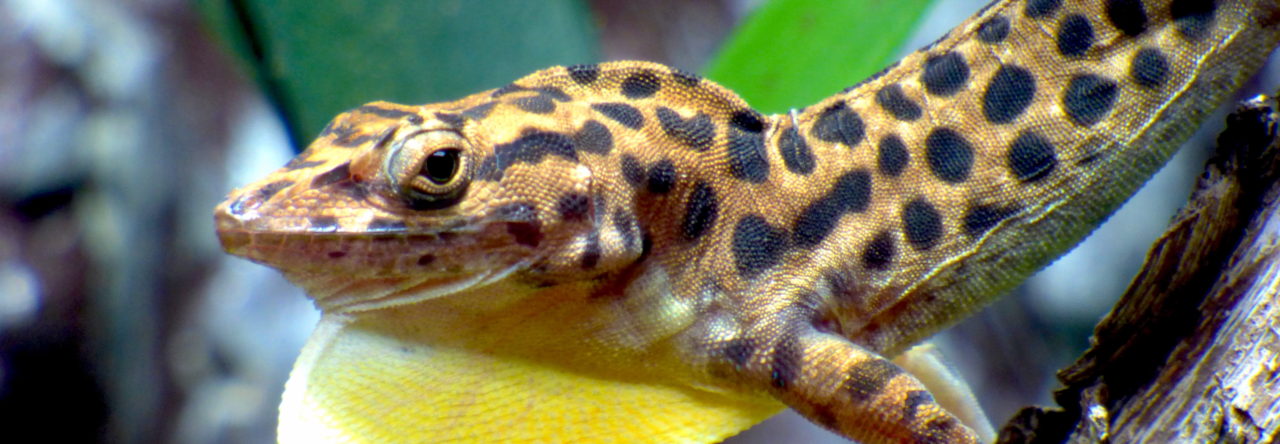Urbanization is a global issue that alters the way many natural populations survive and reproduce. The construction of new developments, housing, and other man-made structures alters the environment available to many species of lizard, and anoles perhaps most famously. Urban anoles in Florida and other parts of the southern United States are a common feature in many cities, why, everybody that attended SICB 2015 in West Palm Beach, Florida remarked that there were anoles on almost every tree! Particularly, the addition of artificial and smooth substrates poses a concern to many species of arboreal lizard that need rough and heterogeneous surfaces in order to climb and run effectively. The differences in structural habitat available to these anoles can in turn affect their morphology, leading to evolutionary changes in body shape and form over time to better adapt to urban lifestyles. Andrew Battles, a PhD student with Jason Kolbe at the University of Rhode Island, recognized this problem and designed a clever experiment to understand just how smoother surfaces impact the running ability of anoles.
Andrew sampled crested anoles from two sites: an urban and a natural site, and used a series of running experiments to understand how the addition of smooth, urban substrates affects the ability of anoles to move. Using two different inclinations (37 and 90 degrees), 2 substrates (smooth and rough), and the running power of 13 crested anoles, they found that anoles exhibit a decrease in speed due to increasing incline, and exhibited slower speeds on a smoother track relative to a rougher one. They also found that stride length decreased on smooth and vertical tracks, and that urban and natural anoles responded similarly to these changes in substrate and incline. They also found that anoles will try to change their gait and increase their stride width due to incline, but not so much on different substrates. Their major take-away was that smoother substrates do decrease lizard sprint performance, which is a fundamental trait for a lizard to survive and reproduce. And while there are no differences between habitat types, the build-up of urbanization over time might lead to evolutionary shifts for crested anoles in urban environments so that they might better adapt and live in cities. Keep up the stellar experiments, Andrew!
- SICB 2022! - December 28, 2021
- SICB 2020: Artificial Light Keeps Green Anoles Hungry! - January 8, 2020
- SICB 2020: Variation in Anole Sperm and Testis Morphology - January 8, 2020


Leave a Reply